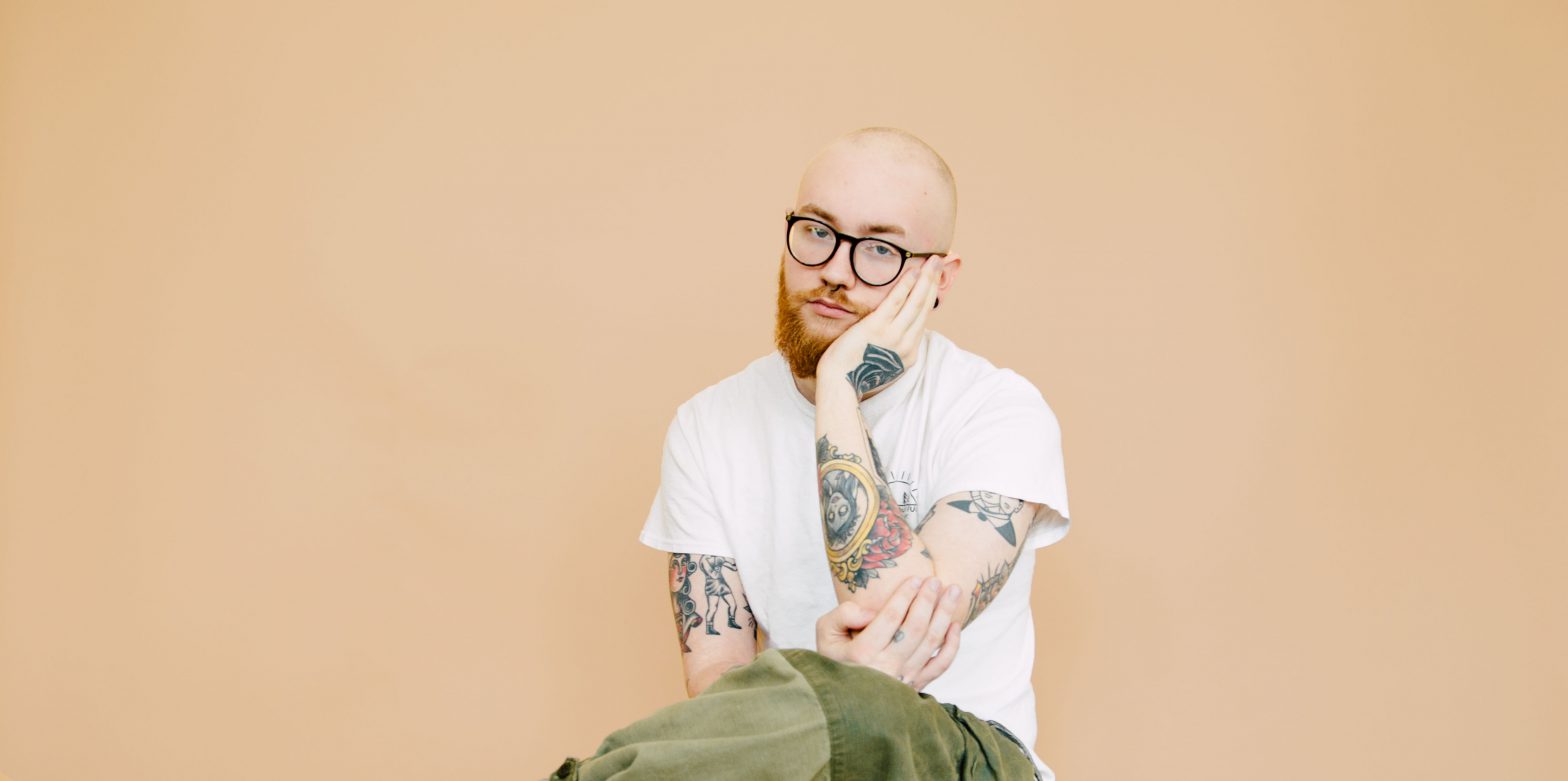The particulars of the tattoo healing process, scabbing included, differ from piece to piece and from person to person, and the answer to the question of whether or not tattoos should scab isn’t entirely clear, with artists, clients, and dermatologists often having conflicting opinions on the subject.
In his practice, Dr. Hooman Khorasani, Chief of the Division of Dermatologic and Cosmetic Surgery at the Icahn School of Medicine at Mount Sinai in New York, has found that “generally speaking, we don’t see patients coming in with scabbed wounds after getting a tattoo,” but Yi Stropky, the Vancouver-based tattoo artist known for his clever minimalist style, holds a slightly different position. During his six years working as a tattoo artist, Stropky has observed that almost all new ink scabs to some degree, but light scabbing, which is more of
Regardless of whether a new tattoo is guaranteed to scab or not, one thing is certain: tattoos can scab. While it’s unlikely that you’ll develop thick scabbing—the kind of substantial dark red/brown protective layer that forms over deep wounds—as your ink heals, it is possible, and your ability to avoid it ultimately comes down to a mix of tattoo design and aftercare.
Tattoos that cause a greater amount of trauma to the skin are more likely to scab
Some styles of tattoo inflict further trauma to the skin than others—a minimal, thin line style like Stropky’s, for example, results in less damage than a design that incorporates heavy shading or color. This is because large, full, and complex designs require your tattoo artist to puncture your skin with their needle(s) multiple times in the same spot, leading to a more severe wound. “Usually the more shade or filling a design has, the more it scabs,” says Stropky. “Most of the tattoos I do don’t really scab though—they just dry out and flake after a few days.”
Khorasani agrees that, “areas of skin that have been additionally traumatized by multiple penetrations of the needle, are increasingly likely to scab,” and notes that while usually the wound healing cycle lasts around two weeks, its length will be affected by the severity of the scab, with “larger or thicker scabs taking longer to heal than something thinner.”
One of the main uses of aftercare products is to keep skin moisturized, which helps avoid heavy scabbing
In most cases, heavy scabbing can be avoided with proper aftercare which, according to
While Dr. Zeichner, Dr. Khorasani, and Stropky each recommend different products for aftercare—and it’s important to follow your tattoo artist’s specific instructions when it comes to caring for your new ink—each of their recommendations have one central thing in common: they’re designed to keep skin moisturized and protected to promote quick, successful healing. Zeichner suggests patients “cover [their tattoos] with a protective layer of antibiotic ointment like bacitracin,” which prevents minor skin infections caused by cuts, scrapes, and other small wounds. Stropky on the other hand, typically advises his clients use a simple, non-scented moisturizer or Vaseline. “I find the cheaper the moisturizer the better,” he says, “because a lot of moisturizers include additional ingredients you don’t need. You really just need to keep it moisturized which is why when I get tattooed I personally just use Vaseline.”
The active ingredient in Vaseline is petroleum, which is also the active ingredient in Aquaphor, the aftercare product Khorasani recommends. Petroleum helps keep skin moist and expedites healing by promoting re-epithelialization (the regrowth of tissue over a wound) without heavy scabbing. “It’s important to allow the skin to re-epithelialize, and that often occurs much quicker when the cells have more movement—something you can stimulate by using an ointment like Aquaphor,” he says. “When tattoos scab, that process is delayed, but aftercare products make it easier for cells to migrate, and Aquaphor in particular, has the added benefit of not being immunologic acting, meaning most patients don’t have negative reactions to it.” With any aftercare product, however, it’s important to only apply a thin layer to the tattoo as your skin needs to breathe in order to properly heal.
The type of wrapping your artist uses to cover your ink can affect whether or not you’ll scab
“There are several different kinds of bandages artists can use to wrap up a tattoo,” says Stropky. “There are ‘second skin’ products like Saniderm, which you leave on for four to five days, and usually with those products tattoos scab less. But some artists still like to wrap tattoos with traditional bandages or plastic wrap and in that case, your tattoo might scab a little bit more.”
What’s more, the reason these “second skins” work so effectively to promote healing while avoiding scabbing is that the thin, transparent adhesives seal in the body’s natural moisture and amplify its self-healing functions. The major selling point of these products is that they’re breathable, unlike more traditional wrappings—and the skin needs to breathe in order to heal—as well as strong enough to act as a barrier and protect the new tattoo from external irritants. Because of their breathability, Saniderm and other similar bandages can be worn for several days, further helping the wound re-epithelialize.
Related: Here’s Everything You Should Know About Tattoo Blisters

